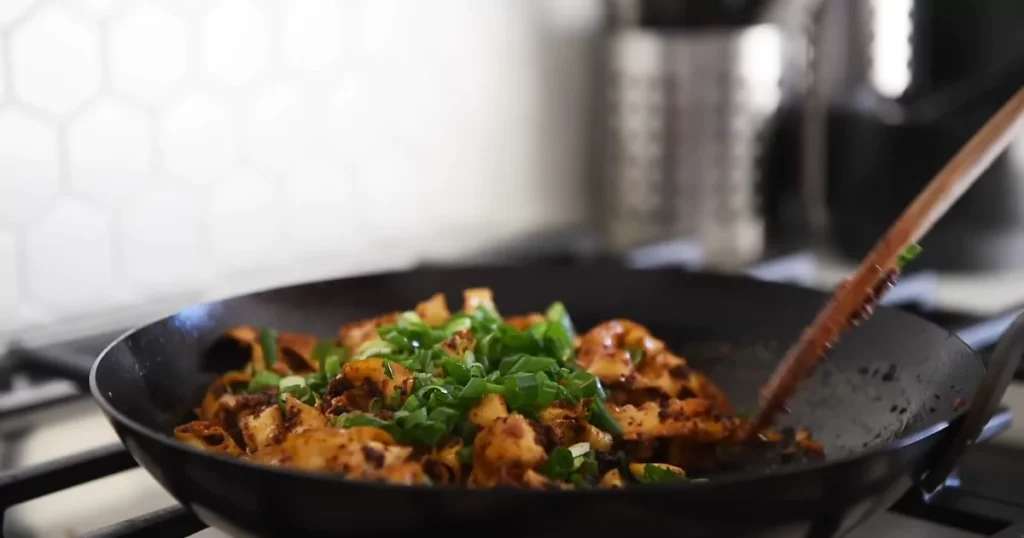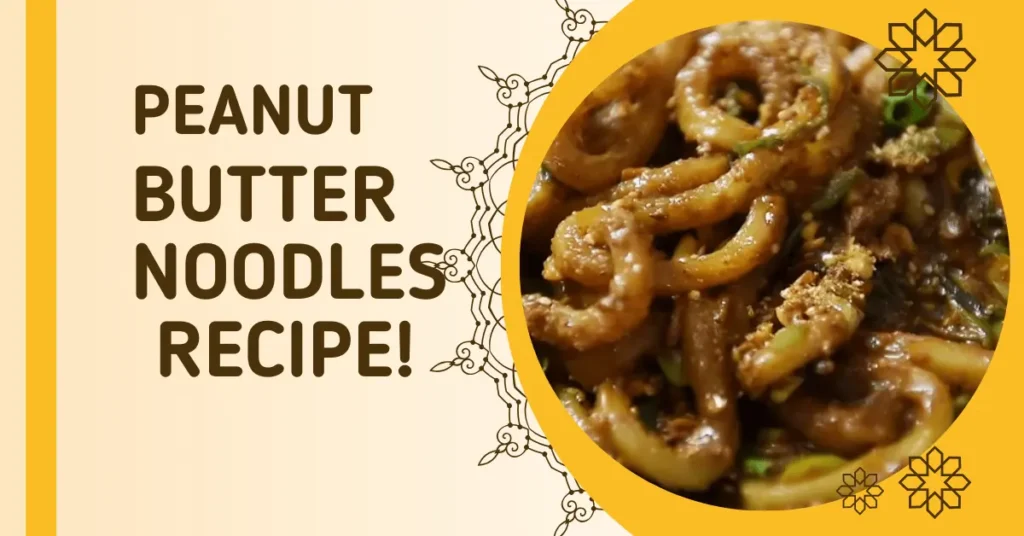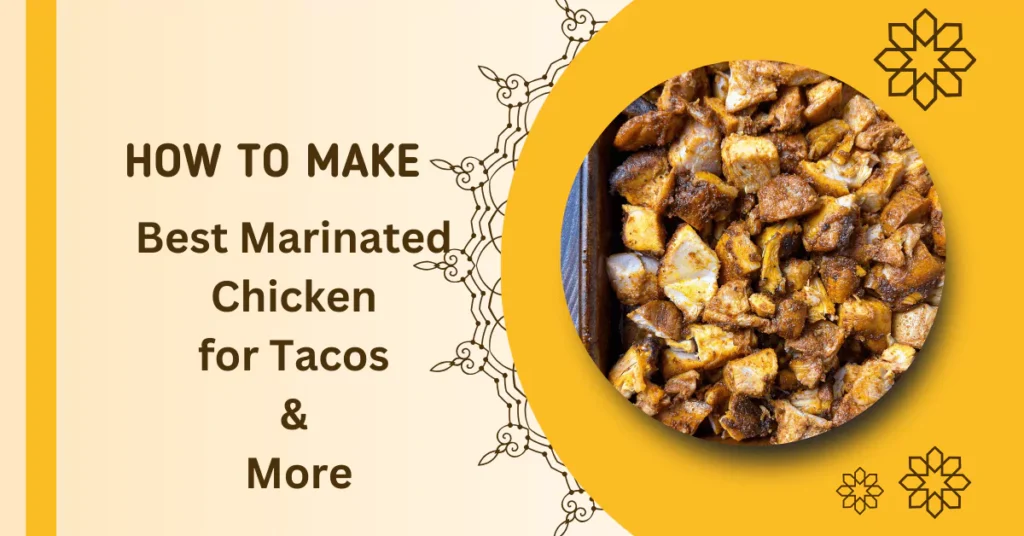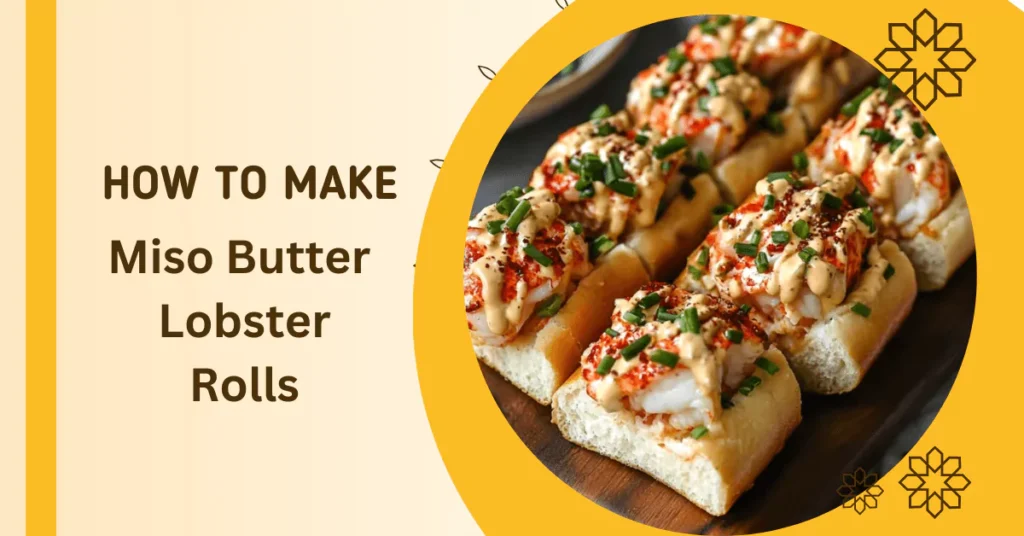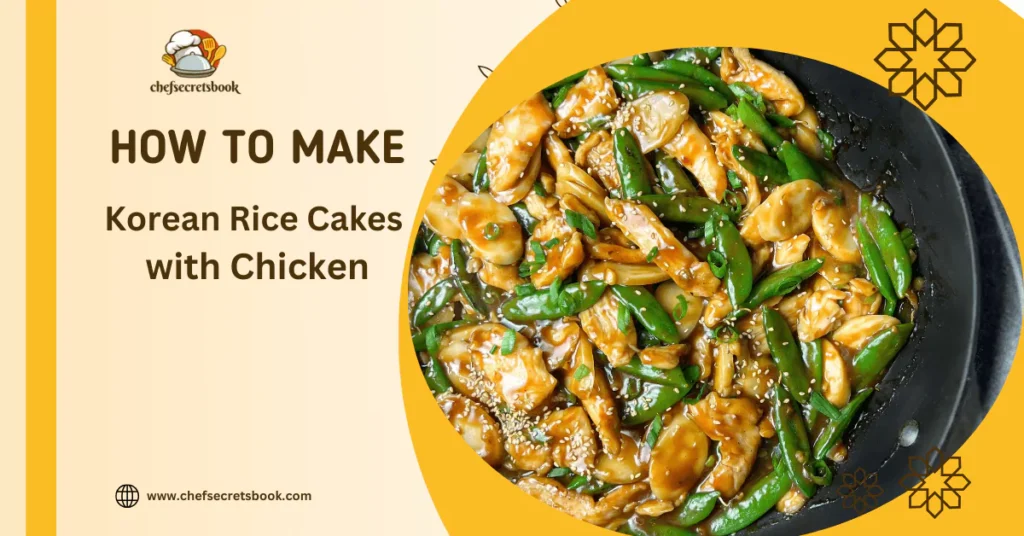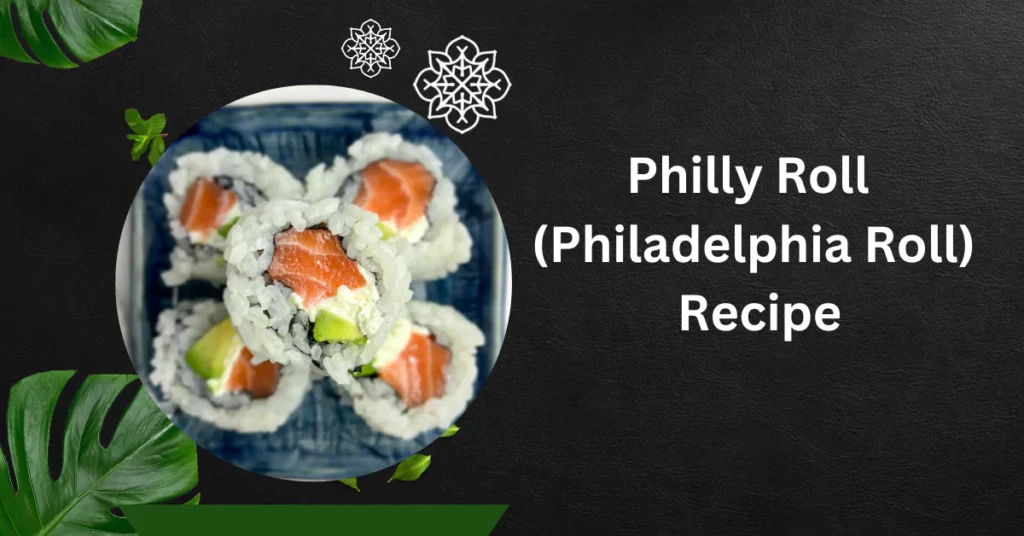Sushi rice is the foundation of any great sushi dish. Achieving the right stability of sticky, fluffy, and flavorful rice is essential for making scrumptious sushi rolls, nigiri, and hand rolls. Whether you’re using a stovetop or a rice cooker, studying sushi rice coaching is the key to raising your homemade sushi experience.
In this guide, you’ll learn the quality techniques to cook sushi rice, the right ratio of seasoning, and crucial hints to achieve eating place-great outcomes. With our specific step-by-step instructions, you’ll be capable of creating actual sushi rice effortlessly. Let’s get started out!
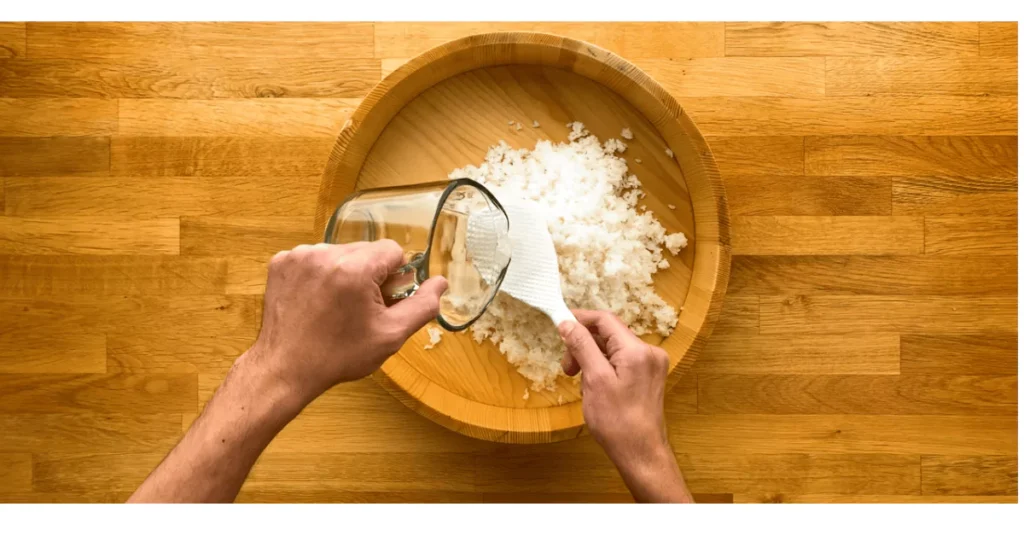
What is Sushi Rice?
Sushi rice, known as shari or sumeshi in Japanese, is a short-grain or medium-grain rice specially cultivated to have a higher starch content, giving it the signature sticky texture that holds sushi rolls and nigiri collectively. The key to remarkable sushi rice lies in the ideal stability of flavor and texture.
The method of creating sushi rice involves cooking the rice to a particular consistency and seasoning it with a mixture of rice vinegar, sugar, and salt. This combination enhances the rice with a slightly tangy, mildly sweet, and nicely rounded taste, making it best for sushi practice.
Using the right form of rice and the right cooking approach guarantees that sushi rice stays wet but organized, stopping it from turning too dry or soft. The right seasoning technique facilitates the grains to keep their shape whilst letting them bind collectively seamlessly, making sushi rice an essential factor of authentic Japanese sushi.
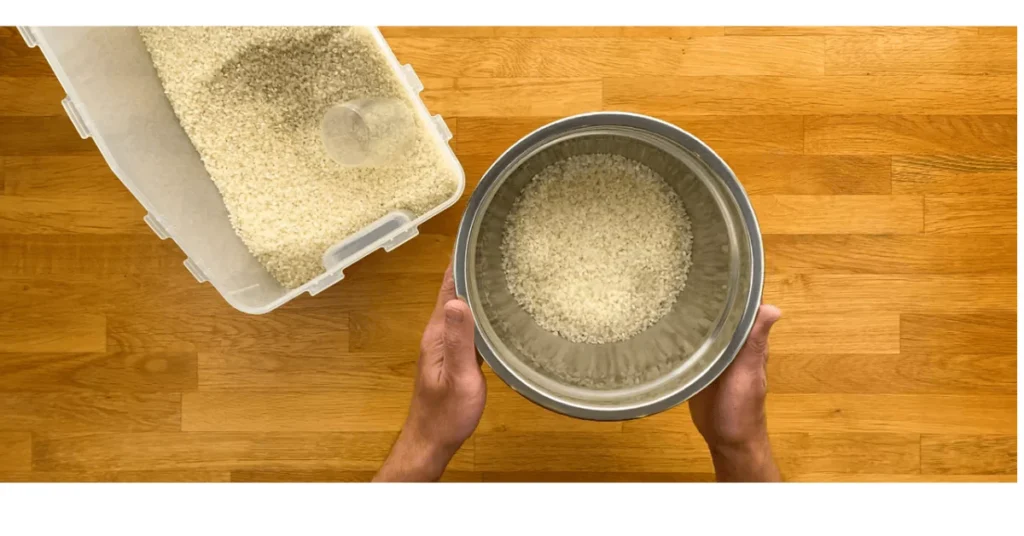
Ingredients Needed for Sushi Rice
Sushi Rice (Short-Grain Rice)
- The foundation of sushi rice is high-quality short-grain or medium-grain Japanese rice along with Koshihikari or Calrose rice.
- Short-grain rice has a higher starch content material, which enables it to stick together.
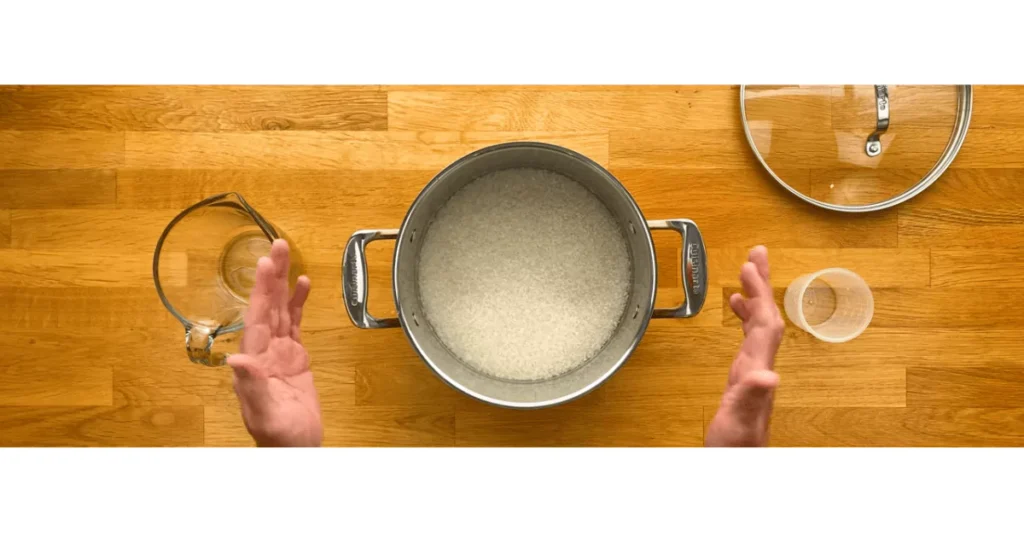
Rice Vinegar
- Provides the tangy flavor essential for sushi rice.
- Use high-quality, unseasoned rice vinegar to control the flavor balance.
Sugar
- Adds a subtle sweetness that balances the acidity of the vinegar.
- Typically, white granulated sugar is used, however, some variations include brown sugar.
Salt
- Enhances the overall flavor and prevents the rice from tasting overly sweet.
- Sea salt or kosher salt is preferred over table salt for a cleaner flavor.
Water
Essential for cooking the rice. The proper ratio guarantees the rice is neither too dry nor too mushy.
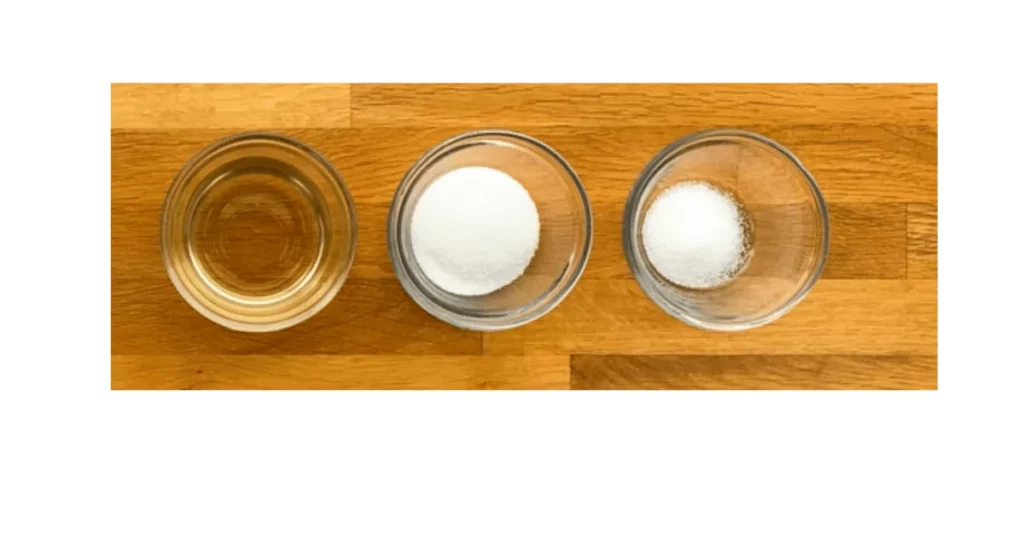
What Kind of Vinegar is Used in Sushi Rice?
The essential aspect of seasoning sushi rice is rice vinegar, which gives the characteristic tangy and mildly sweet taste that defines sushi. High-great rice vinegar complements the general taste without overpowering the sensitive rice grains.
Types of Vinegar Used for Sushi Rice:
Unseasoned Rice Vinegar – This is the preferred preference for sushi rice guidance. It has an easy, moderate acidity that permits you to manipulate the seasoning using including sugar and salt in accordance with traditional recipes.
Seasoned Rice Vinegar – This range already consists of added sugar and salt. While convenient, it could modify the proper stability of flavors in homemade sushi rice recipes.
Apple Cider Vinegar (Substitute) – If rice vinegar is unavailable, apple cider vinegar may be used as an alternative. However, it has a barely fruitier and more robust flavor.
White Vinegar (Substitute) – While not the best, white vinegar may be used in a pinch, although it’s miles sharper and less mellow compared to rice vinegar.
For high-quality results, constantly use high-quality unseasoned rice vinegar while making sushi rice. It ensures the traditional taste at the same time as permitting you to adjust the sweetness and saltiness to suit your preference.
Important Tips
- Use the Right Rice: Always choose high-quality short-grain Japanese rice.
- Rinse the Rice Well: This prevents excessive stickiness and gumminess.
- Measure Accurately: Use an appropriate rice-to-water ratio for the ideal texture.
- Season Evenly: Gently blend the seasoning to avoid crushing the rice.
- Let the Rice Cool Properly: Avoid refrigerating sushi rice as it will become hard and dry.
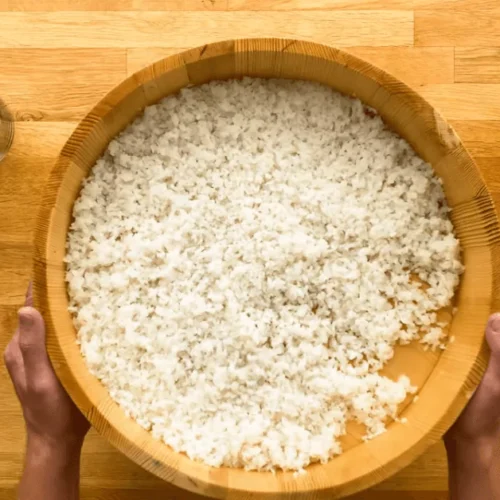
How to Make Sushi Rice (Stovetop or Rice Cooker) – Perfect Every Time!
Equipment
- Rice cooker or pot with lid
- Fine Mesh Strainer
- Wooden or Glass Mixing Bowl
- Wooden Spatula (Shamoji)
- Small Saucepan
- Measuring Cups & Spoons
- Kitchen Scale (Optional)
- Fan or Handheld Paper Fan
Ingredients
- 1 ½ cups short grain sushi rice
- 6 tablespoon unseasoned rice vinegar
- 1 ¾ cups lukewarm water
- 1 ½ teaspoon Sea salt or kosher salt
- 2 tablespoon white sugar
Instructions
Method 1: Cooking Sushi Rice on the Stovetop
- Rinse the Rice: Place the rice in a bowl and rinse it underneath cold water till the water runs clear. This removes extra starch and prevents the rice from turning into gummy.
- Soak the Rice: Allow the rice to soak in water for at least 30 minutes. This allows acquire even cooking.
- Cook the Rice: Add the rice and water (1:1.2 ratio) to a pot.Bring it to a boil, then reduce the heat to low, cover, and simmer for 15 minutes.
- Let it Rest: Remove the pot from heat and let the rice sit, covered, for another 10 minutes.
Method 2: Cooking Sushi Rice in a Rice Cooker
- Rinse and Soak: Rinse the rice until the water runs clear. Soak it for at least 30 minutes.
- Cook: Add the rice and water to the rice cooker and start the cooking cycle.
- Rest: Once the rice is done, let it sit with the lid closed for 10 minutes.
How to Season Sushi Rice
- In a small saucepan, heat the rice vinegar, sugar, and salt over low heat until dissolved. Do not boil.
- Transfer the cooked rice to a wood or glass bowl.
- Gently fold in the vinegar mixture with a wooden spatula at the same time as fanning the rice to cool it fast.
- Allow the rice to reach room temperature before the use of it for sushi.
Notes
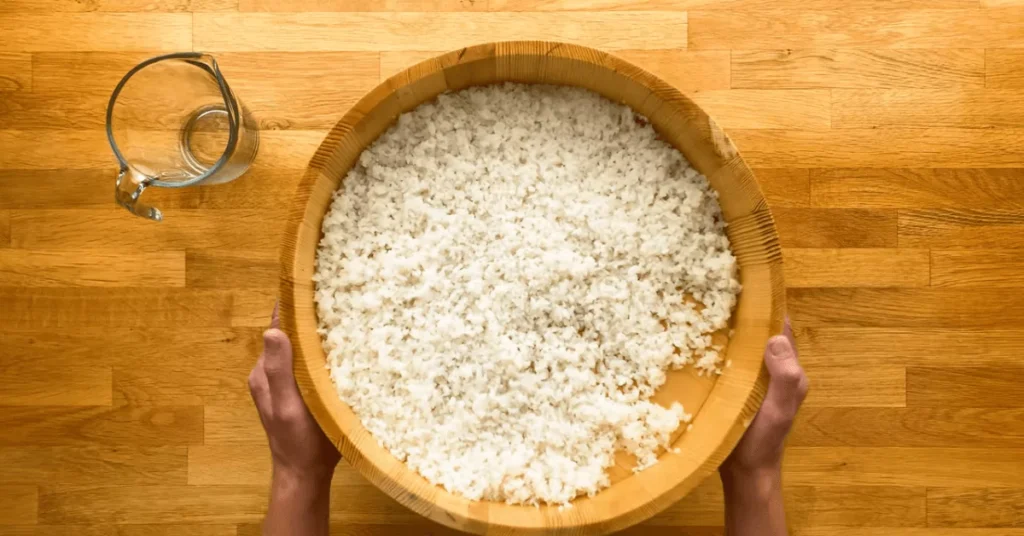
Is rice vinegar necessary for sushi rice?
Yes, rice vinegar is crucial for making proper sushi rice. The vinegar mixture, which includes sugar and salt, transforms regular rice into the marginally tangy, seasoned sushi rice used in sushi rolls and nigiri. While you can substitute different kinds of vinegar or even lemon juice, rice vinegar affords an exceptional traditional taste.
What is the quality of rice for sushi?
Short-grain rice is the first-class choice for sushi due to its high starch content material, which makes it stick together. Popular types consist of Japanese rice consisting of Koshihikari or Calrose rice. While you can technically season any kind of white rice, short-grain rice guarantees a suitable texture for sushi. Avoid the use of glutinous rice, as it isn’t always the same as sushi rice.
How much rice vinegar do you need for 1 cup of rice?
The recommended ratio is 4 tablespoons of rice vinegar per 1 cup of uncooked rice, which equals about 2 tablespoons per cup of cooked rice. You can adjust the amount based on your taste preferences.
How long should you soak sushi rice before cooking?
Some recipes suggest soaking sushi rice for about an hour before cooking to obtain higher hydration. However, this step is non-compulsory, and you can nevertheless get high-quality effects without soaking. If you pick out to soak the rice, half an hour is commonly sufficient.
Do you add rice vinegar before or after cooking the rice?
Rice vinegar is always added after the rice is cooked. Never add vinegar to the rice while it is cooking, because it will alter the feel. Instead, blend the vinegar with sugar and salt, then lightly fold it into the cooked rice.
Can you make sushi rice with regular rice?
If you only have regular white rice, you can season it with rice vinegar, sugar, and salt to create a similar flavor. However, regular long-grain rice will not stick together as well as short-grain sushi rice, making it harder to roll sushi.
What is the correct water-to-rice ratio for sushi rice?
The typical ratio is 1 cup of sushi rice to 1 to 1.5 cups of water, depending on the variety and cooking method. For best results, a 1:1.2 ratio is recommended. For example, 1.5 cups of uncooked rice requires about 1.75 cups of water.
Should sushi rice be cold before making sushi?
Sushi rice should be cooled to room temperature before rolling sushi. If the rice is simply too hot, it will be difficult to deal with and might have an effect on the sushi’s texture. If it’s too cold, it won’t stick together well.
How much sushi rice do you need for one sushi roll?
On average, ¾ cup of prepared sushi rice is used per roll. This recipe makes about 3 cups of cooked sushi rice, enough for 4 rolls. You can adjust the quantity based on your preference.
What type of vinegar is best for sushi rice?
The best vinegar for sushi rice is unseasoned rice vinegar. This allows you to control the balance of sugar and salt for an appropriate sushi rice taste. If you use seasoned rice vinegar, you may need to lessen or leave out additional sugar and salt.
Is sushi rice gluten-free?
Yes, sushi rice is gluten-free. It consists of short-grain rice, rice vinegar, sugar, and salt—all gluten-free elements. However, be careful of save-offered seasoned rice vinegar, as a few manufacturers may incorporate additives.
What is the best way to store sushi rice?
Sushi rice is best used fresh. If needed, you can keep it covered at room
How long does sushi rice last?
Sushi rice is best used fresh but can be stored at room temperature (covered) for up to 6 hours.
Can I make sushi rice ahead of time?
Yes, but keep away from refrigerating it. Instead, preserve it blanketed with a humid cloth to preserve moisture.
What is the best substitute for rice vinegar?
Apple cider vinegar or white vinegar can be used, but the flavor will be slightly different.
Why is my sushi rice too sticky or mushy?
Overcooking, too much water, or not rinsing the rice properly can result in overly sticky or mushy rice.


